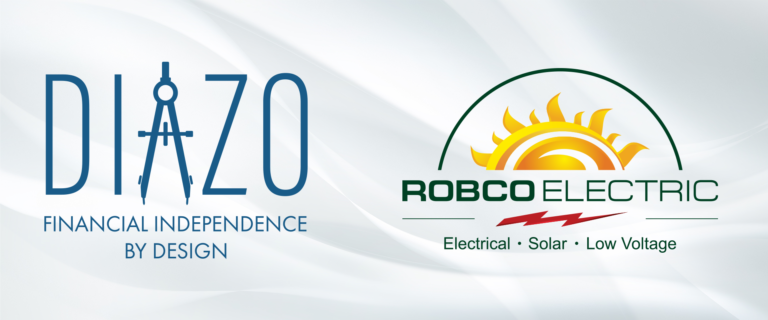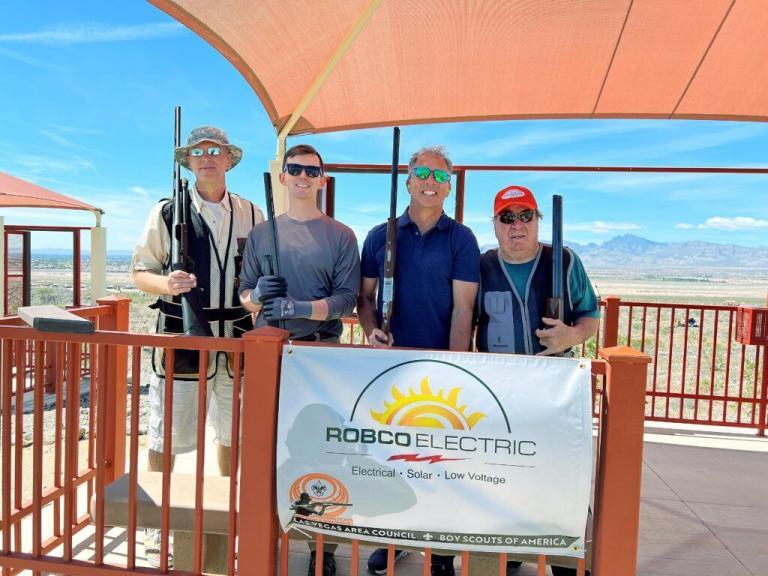Photovoltaic cells are made of semiconductor materials, such as silicon, that absorb sunlight and convert it into electricity. When sunlight hits the cells, it creates an electric field that allows electrons to flow. This flow of electrons is then captured and channeled through wires to create an electrical current that can be used to power homes, businesses, and other applications.
Solar panels comprise multiple photovoltaic cells2 and are typically installed on rooftops or in open spaces where they can absorb the most sunlight. In addition to photovoltaic cells, solar panels also contain other components, such as an inverter, which converts the Direct Current solar panels can generate into Alternating Current (AC) that appliances and other electrical devices can use.
Solar power is a form of renewable energy derived from the sun’s rays. The sunlight that strikes the earth’s surface in an hour and a half is enough to handle the world’s energy consumption for a full year1. The basic principle behind solar power is the conversion of sunlight into usable energy. This is done with photovoltaic cells or solar cells.
The amount of energy solar panels can generate depends on several factors, including the amount of sunlight available, the panels’ angle and orientation, and the photovoltaic cells’ efficiency. The conversion efficiency of a photovoltaic (PV) cell, or solar cell, is the percentage of the solar energy shining on a PV device that is converted into usable electricity.3 Advances in solar technology have led to improvements in efficiency, making solar power a more viable and cost-effective option for generating electricity.
Call us, Robco Electric. We can handle the design and installation of your solar system. We will help you with all the questions and apply for appropriate permits to ensure you have all the necessary permits before installing your solar panel system.
1 https://www.energy.gov/eere/solar/how-does-solar-work
2 https://www.energy.gov/eere/solar/solar-photovoltaic-technology-basics
3 https://www.energy.gov/eere/solar/solar-performance-and-efficiency



